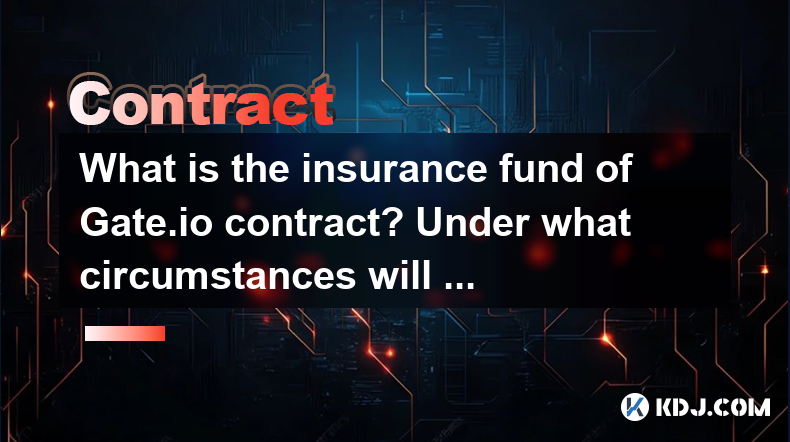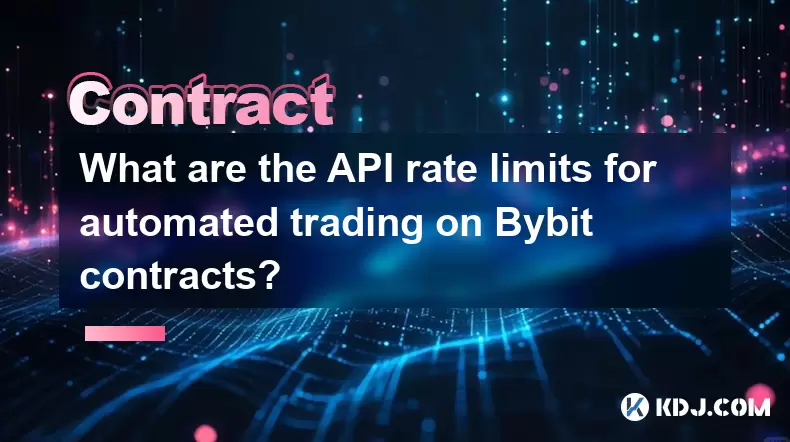-
 Bitcoin
Bitcoin $117500
2.15% -
 Ethereum
Ethereum $3911
6.19% -
 XRP
XRP $3.316
10.79% -
 Tether USDt
Tether USDt $1.000
0.01% -
 BNB
BNB $787.2
2.24% -
 Solana
Solana $175.2
4.15% -
 USDC
USDC $0.9999
0.00% -
 Dogecoin
Dogecoin $0.2225
8.40% -
 TRON
TRON $0.3383
0.28% -
 Cardano
Cardano $0.7868
6.02% -
 Stellar
Stellar $0.4382
9.34% -
 Hyperliquid
Hyperliquid $40.92
7.56% -
 Sui
Sui $3.764
7.63% -
 Chainlink
Chainlink $18.48
10.66% -
 Bitcoin Cash
Bitcoin Cash $582.1
1.88% -
 Hedera
Hedera $0.2601
6.30% -
 Avalanche
Avalanche $23.33
4.94% -
 Ethena USDe
Ethena USDe $1.001
0.02% -
 Litecoin
Litecoin $122.3
2.04% -
 UNUS SED LEO
UNUS SED LEO $8.969
-0.27% -
 Toncoin
Toncoin $3.339
0.86% -
 Shiba Inu
Shiba Inu $0.00001287
4.30% -
 Uniswap
Uniswap $10.43
7.38% -
 Polkadot
Polkadot $3.861
5.08% -
 Dai
Dai $1.000
0.02% -
 Bitget Token
Bitget Token $4.513
3.41% -
 Monero
Monero $267.7
-6.18% -
 Cronos
Cronos $0.1499
4.14% -
 Pepe
Pepe $0.00001110
5.15% -
 Aave
Aave $284.9
8.28%
What is the insurance fund of Gate.io contract? Under what circumstances will the insurance fund be used?
Gate.io's insurance fund ensures trading stability by covering losses exceeding a trader's margin during liquidations, protecting against market volatility.
May 03, 2025 at 09:56 am

The insurance fund of Gate.io is a crucial component of its futures and perpetual contract trading system. This fund serves as a safety net to ensure the stability and security of the trading platform, protecting traders from potential losses due to extreme market volatility or insufficient margin in a trader's account. Understanding the mechanics and purpose of the insurance fund is essential for any trader engaging with Gate.io's contract trading.
Purpose of the Insurance Fund
The primary purpose of the insurance fund is to cover losses that exceed a trader's margin when a position is liquidated. This scenario typically occurs during periods of high market volatility when the price of an asset moves rapidly against a trader's position. In such cases, the insurance fund steps in to absorb the excess loss, thereby preventing a negative balance in the trader's account. This mechanism not only protects individual traders but also maintains the overall health and integrity of the trading platform.
How the Insurance Fund Works
When a trader's position is liquidated, the system first uses the trader's margin to cover the loss. If the loss exceeds the available margin, the system then taps into the insurance fund to cover the remaining deficit. This process ensures that the trader's account does not go into a negative balance, which could lead to systemic risks for the platform. The insurance fund is replenished through various mechanisms, including a portion of the trading fees and profits from liquidations where the realized price is better than the bankruptcy price.
Circumstances for Using the Insurance Fund
The insurance fund is used under specific circumstances, primarily when the liquidation of a trader's position results in a loss that exceeds their available margin. Here are the detailed scenarios in which the insurance fund comes into play:
Auto-Deleveraging (ADL): In situations where there are not enough opposing orders to close a liquidated position, the system may resort to auto-deleveraging. If the ADL process cannot fully cover the loss, the insurance fund steps in to cover the remaining deficit.
Market Volatility: During periods of extreme market volatility, the price of an asset can move so rapidly that the liquidation price is not achievable. In such cases, the insurance fund is used to cover the difference between the liquidation price and the actual price at which the position is closed.
Insufficient Liquidity: If there is insufficient liquidity in the market to close a liquidated position at the desired price, the insurance fund may be used to cover the resulting loss.
Replenishment of the Insurance Fund
The insurance fund is not a static pool of money; it is continuously replenished to ensure its sustainability. The main sources of replenishment include:
Trading Fees: A portion of the trading fees collected by Gate.io is allocated to the insurance fund. This ensures that the fund grows over time and can handle potential losses.
Liquidation Profits: When a liquidated position is closed at a price better than the bankruptcy price, the profit generated from this transaction is added to the insurance fund. This mechanism helps to offset any losses incurred by the fund.
Platform Profits: Gate.io may also allocate a portion of its overall profits to the insurance fund to ensure its robustness and ability to handle large-scale losses.
Monitoring and Transparency
Gate.io maintains a high level of transparency regarding the status of the insurance fund. Traders can access real-time information about the fund's balance and its usage through the platform's interface. This transparency helps build trust among traders and ensures that they are aware of the fund's health and its ability to cover potential losses.
Impact on Traders
The existence of the insurance fund has a significant impact on traders. It provides an additional layer of protection against extreme market movements and ensures that traders do not face unexpected financial burdens due to liquidation losses. This safety net encourages more traders to engage with Gate.io's futures and perpetual contract markets, knowing that their risks are mitigated to some extent.
Risk Management Strategies
While the insurance fund offers protection, traders should not rely solely on it for risk management. Effective risk management strategies include setting appropriate stop-loss orders, maintaining adequate margin levels, and understanding the market dynamics. Traders should also be aware of the potential for auto-deleveraging and the impact it can have on their positions.
Frequently Asked Questions
Q: Can the insurance fund run out of money?
A: While it is theoretically possible for the insurance fund to be depleted during extreme market conditions, Gate.io takes proactive measures to replenish the fund regularly. This includes allocating a portion of trading fees and liquidation profits to ensure the fund remains robust.
Q: How can I check the current balance of the insurance fund on Gate.io?
A: You can check the current balance of the insurance fund by navigating to the futures or perpetual contract trading section on the Gate.io platform. There, you will find real-time information about the fund's balance and its recent usage.
Q: Does the insurance fund cover all types of losses on Gate.io?
A: The insurance fund primarily covers losses that exceed a trader's margin during the liquidation of futures and perpetual contract positions. It does not cover losses from spot trading or other types of trading activities on the platform.
Q: What happens if the insurance fund cannot cover a loss?
A: In the rare event that the insurance fund cannot cover a loss, Gate.io may use other financial resources to cover the deficit. However, such scenarios are highly unlikely due to the continuous replenishment of the fund and the platform's risk management measures.
Disclaimer:info@kdj.com
The information provided is not trading advice. kdj.com does not assume any responsibility for any investments made based on the information provided in this article. Cryptocurrencies are highly volatile and it is highly recommended that you invest with caution after thorough research!
If you believe that the content used on this website infringes your copyright, please contact us immediately (info@kdj.com) and we will delete it promptly.
- FTT Token's Wild Ride: Creditor Repayments vs. Market Drop - A New Yorker's Take
- 2025-08-08 07:10:12
- Floki Crypto Price Prediction: Riding the Robinhood Rocket or Just a Meme?
- 2025-08-08 07:15:12
- EigenLayer, Restaking, and Ethereum: Navigating the Hype and the Hazards
- 2025-08-08 06:30:12
- Super Bowl 59: Jon Batiste to Jazz Up the National Anthem
- 2025-08-08 06:30:12
- Cold Wallet Crypto in 2025: The Future is Now, Ya'll
- 2025-08-08 05:10:13
- MAGACOIN, SOL, and ADA: A Tale of Shifting Tides in Crypto
- 2025-08-08 05:10:13
Related knowledge

What is the minimum deposit for OKX contracts?
Aug 08,2025 at 07:00am
Understanding OKX Contract Trading BasicsOKX is one of the leading cryptocurrency derivatives exchanges, offering a wide range of perpetual and future...

Where can I find the OKX trading calculator?
Aug 08,2025 at 07:49am
Understanding the OKX Trading Calculator FunctionalityThe OKX trading calculator is a powerful analytical tool designed to assist traders in estimatin...

Are there any fees for futures settlement on OKX?
Aug 08,2025 at 05:35am
Understanding Futures Settlement on OKXFutures settlement on OKX refers to the process by which open futures contracts are automatically closed or mar...

How to use the OKX margin calculator for futures?
Aug 08,2025 at 05:15am
Understanding the OKX Margin Calculator for FuturesThe OKX margin calculator is a specialized tool designed to assist traders in estimating the requir...

How to find and copy experienced traders on Bybit contracts?
Aug 08,2025 at 06:00am
Understanding Copy Trading on BybitBybit offers a copy trading feature that allows users to automatically replicate the contract positions of experien...

What are the API rate limits for automated trading on Bybit contracts?
Aug 08,2025 at 06:08am
Understanding API Rate Limits on BybitWhen engaging in automated trading on Bybit contracts, understanding the API rate limits is essential to prevent...

What is the minimum deposit for OKX contracts?
Aug 08,2025 at 07:00am
Understanding OKX Contract Trading BasicsOKX is one of the leading cryptocurrency derivatives exchanges, offering a wide range of perpetual and future...

Where can I find the OKX trading calculator?
Aug 08,2025 at 07:49am
Understanding the OKX Trading Calculator FunctionalityThe OKX trading calculator is a powerful analytical tool designed to assist traders in estimatin...

Are there any fees for futures settlement on OKX?
Aug 08,2025 at 05:35am
Understanding Futures Settlement on OKXFutures settlement on OKX refers to the process by which open futures contracts are automatically closed or mar...

How to use the OKX margin calculator for futures?
Aug 08,2025 at 05:15am
Understanding the OKX Margin Calculator for FuturesThe OKX margin calculator is a specialized tool designed to assist traders in estimating the requir...

How to find and copy experienced traders on Bybit contracts?
Aug 08,2025 at 06:00am
Understanding Copy Trading on BybitBybit offers a copy trading feature that allows users to automatically replicate the contract positions of experien...

What are the API rate limits for automated trading on Bybit contracts?
Aug 08,2025 at 06:08am
Understanding API Rate Limits on BybitWhen engaging in automated trading on Bybit contracts, understanding the API rate limits is essential to prevent...
See all articles

























































































